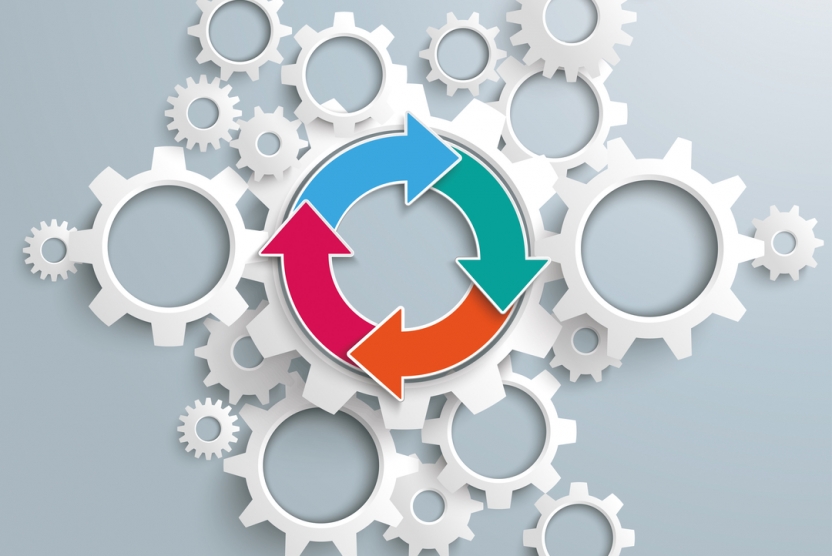4 Common Website Caching Mistakes to Avoid
September 27, 2018 By Ashley Orndorff, aka Marketing Geek
Caching is great for your website and can increase page speed and load time. In fact, a common mistake when it comes to your website and your page speed is not having a caching plugin or having caching enabled. But, there are a lot of ways caching can go wrong. How many times have you made a necessary change on your site and then had issues getting it to show up? Here are some common website caching mistakes to avoid to ensure it doesn’t mess up the function or user experience:
Mistake #1 – Never Enabling Caching
It’s not enough to just have a caching plugin, you also have to make sure caching is enabled on your site as well. You may have downloaded a caching plugin, but if you never activate or configure it to work, it doesn’t do you much good. There are a lot of details to cover when taking a website live, just make sure you’re crossing this off the list as well along the way.
Also, make sure you’re taking the time to configure your caching settings. Activation and enabling is one thing, actually configuring is another, and it’s all important to make sure your website is functioning at the top of its game.
Mistake #2 – Setting Expiry Headers Incorrectly
Setting expiry headers for the content types on your website indicates how often that content will be updated and a new copy of it will need to be loaded. Having these set correctly ensures that when content is updated or changes are pushed live, they become visible on your website in a timely manner while keeping page load times down when there hasn’t been an update.
Expiry headers that are set incorrectly or for a time too far in the future cause issues with visibility for site owners and their customers. Far-future cache headers are great for static elements that rarely change, but they’re a hindrance if they end up applied to elements that change frequently.
Mistake #3 – Not Testing or Checking the Caching Configuration
A website is not a once and done type of thing. If you want your site to be competitive, you have to be making iterative improvements to ensure it keeps up with technology, competition, customer needs, and your evolving business. The same should be true for the caching configuration for your site.
What you may have set up initially may not work as well now and could be seriously slowing down your site. It’s important to regularly check your caching settings over time and test updates as needed, especially if you’re adding new content types to your website or increasing how often you make changes to it.
Mistake #4 – Focusing on Only One Part of Your Site
It may be tempting to save time and effort by focusing on making sure your homepage loads quickly. After all, that’s generally where most of your traffic will land. However, it does your site, your business, and your potential customers a disservice to put all of that effort into the homepage and not the rest of the site as well. A good user experience encourages a visitor to explore your website and visit a few pages before converting into a lead or a customer.
If the rest of your site is underperforming, people won’t explore – they’ll just leave and with a negative experience on top of it. Make sure you’re taking the time to apply page speed optimizations, including caching configurations, to the rest of the pages on your site as well as your homepage. This ensures a faster loading time sitewide and a better user experience for a visitor no matter which page they land on first.
Page speed matters and slow load times will cause your site to underperform and potentially lose traffic and visibility in the search engines. There are a lot of ways to improve your page speed and caching is just one of them. Avoid these common website caching mistakes and you’re off to a good start.
If your website is slowing down your business, it may be time for an overhaul. Contact us for a meeting of the MINDs to get your website back up to speed!
Great post! Another potential snag people may run into is too much caching or competing cache layers – such as a server-side caching mechanism provided by the host, along with a caching plugin in WordPress, and another caching layer from a CDN or WAF provider.